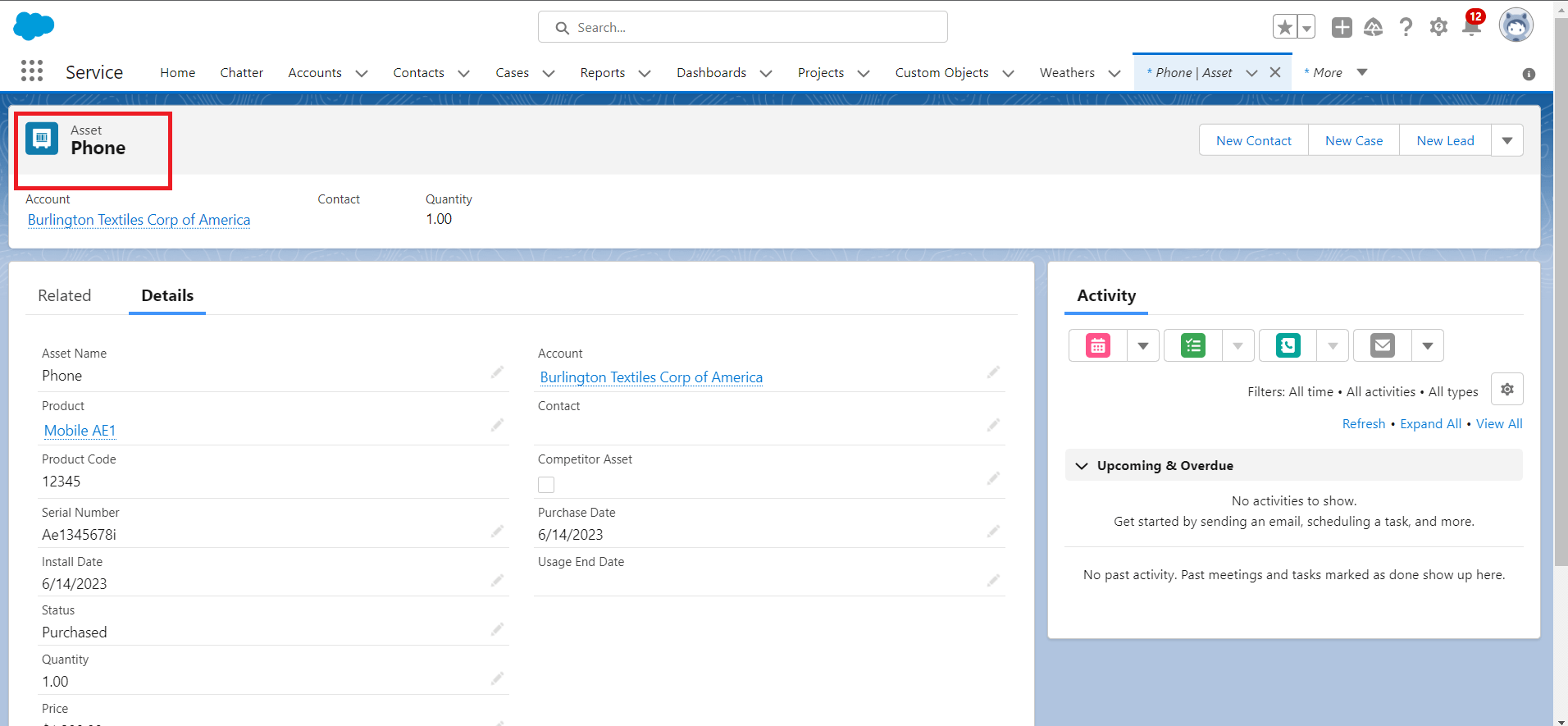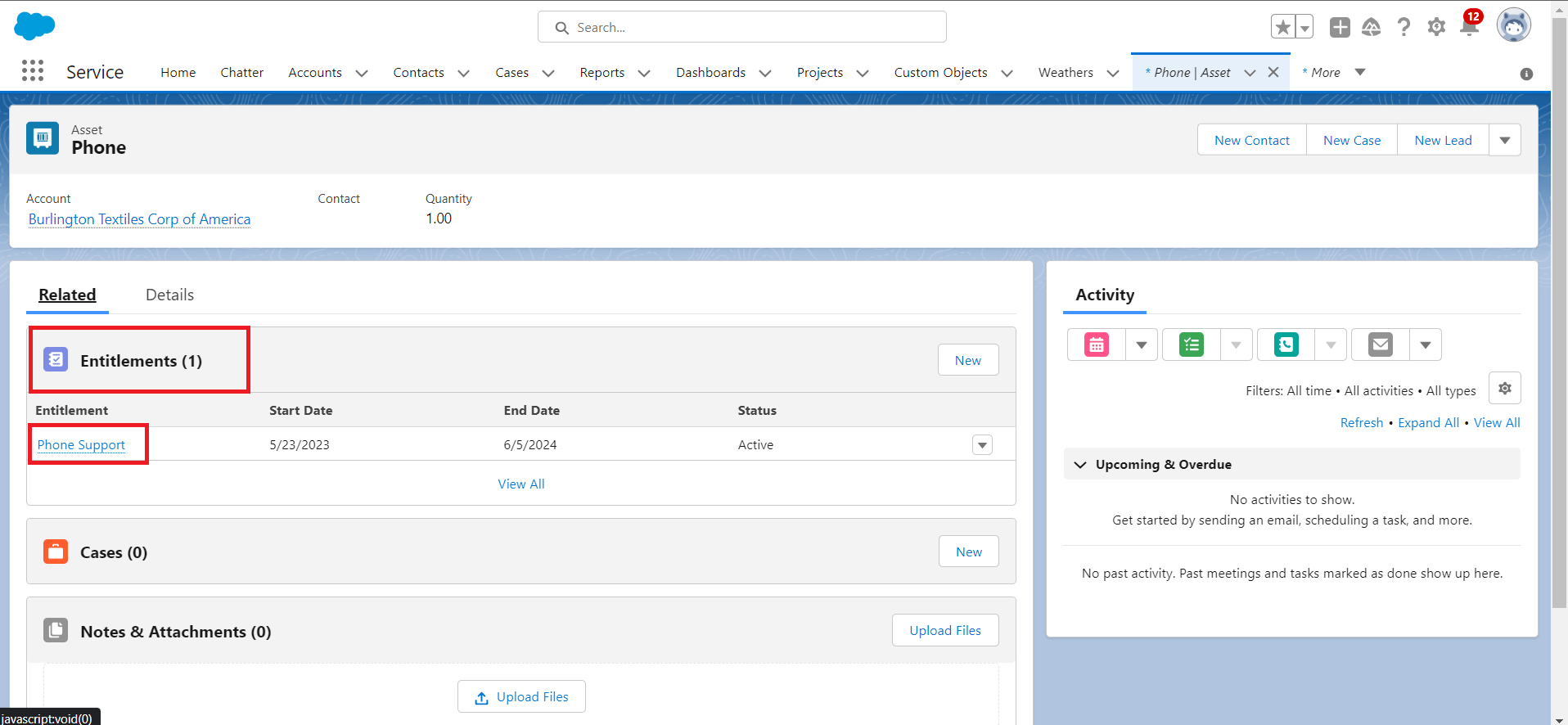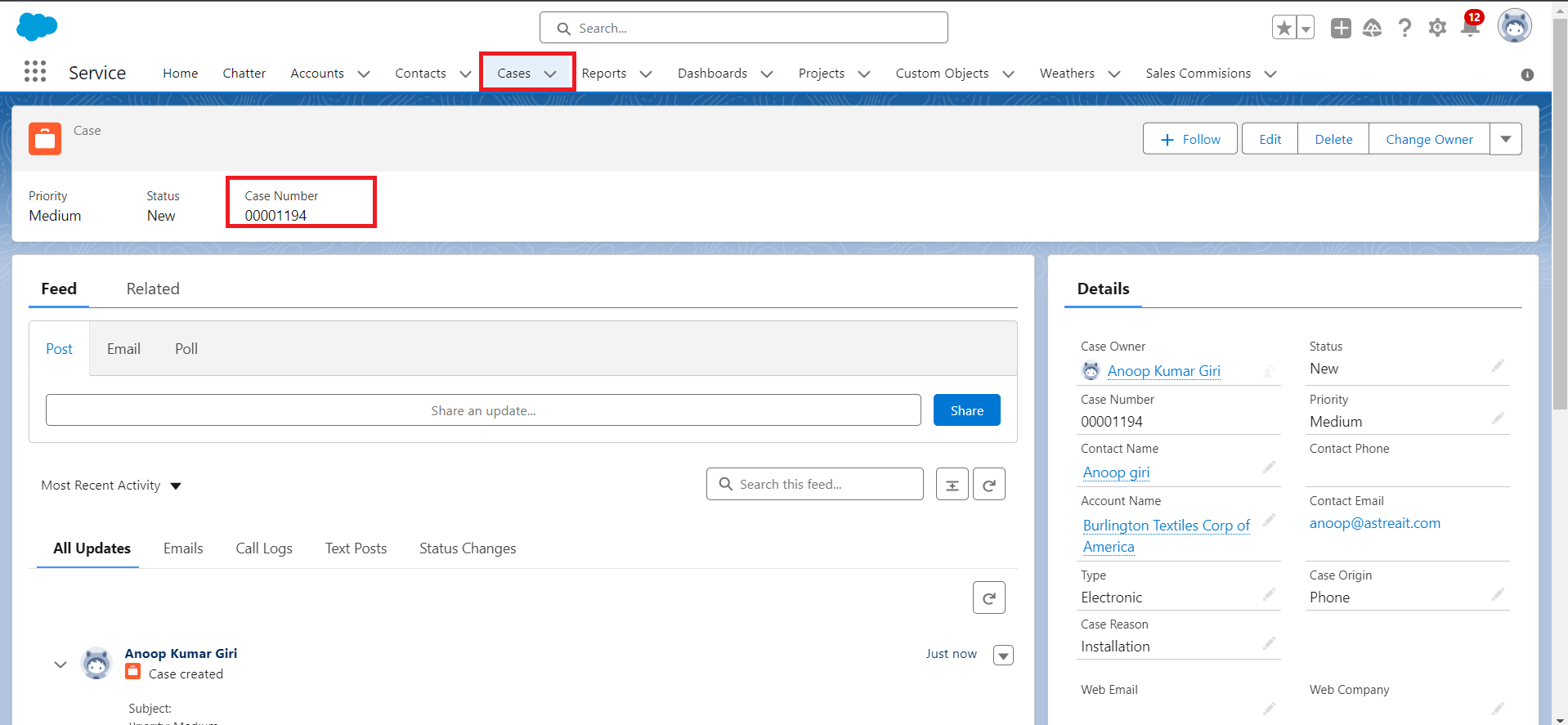Introduction:
In the world of customer support, providing timely and efficient assistance to customers is paramount. Salesforce Service cloud, a popular customer service platform, offers powerful features such as Assets and Entitlements to help organizations streamline their support processes. In this blog post, we will explore how Assets and Entitlements work in Salesforce and how they can enhance your customer support capabilities.
Understanding Assets and Entitlements
In Salesforce, an Asset represents a product or item that a customer owns or uses. It could be a physical product, a software license, a subscription, or any other item that requires support or maintenance. Assets are often associated with customer accounts, allowing support teams to track and manage the products and services their customers have purchased. Entitlements, on the other hand, define the level of support or service that a customer is entitled to receive. An Entitlement specifies details such as the support terms, service level agreements (SLAs), response times, and the duration of support coverage for a particular Asset. By associating an Asset with an Entitlement, organizations can ensure that customers receive the appropriate level of support based on their entitlements.
How Assets and Entitlements Work Together
The relationship between Assets and Entitlements in Salesforce is crucial for effective customer support. Here's how they work together:
1. Before using Entitlements first thing you have to do is enable them. Setup –> Entitlement Management –> Entitlement Settings check “Enable Entitlement Management” –> Save.

Figure 1: Enable Entitlement Management
2. Asset Creation: When a customer purchases a product or service, an Asset record is created in Salesforce. This record contains information about the product, such as its serial number, purchase date, warranty details, and any other relevant information.

Figure 2: Asset record is created when customers purchase products or services.
3. Entitlement Assignment: Once an Asset is created, it needs to be associated with an Entitlement. The Entitlement defines the support terms and conditions for the Asset. It specifies the duration of support coverage, the type of support (e.g., phone, email, on-site), and any applicable SLAs.

Figure 3: Associate Entitlement with Asset which was created.
4. Case Management: When a customer raises a support request or issue, a Case record is created in Salesforce. The Case is typically associated with the relevant Asset, allowing support agents to quickly identify the product or service in question.

Figure 4: Case record is created, when a customer raises a support request or issue.
5. Entitlement Verification: During case resolution, Salesforce automatically verifies the entitlement associated with the Asset. This verification ensures that the customer is eligible for the requested support based on the defined entitlements. If the entitlement is valid, support agents can proceed with resolving the case according to the specified terms. If the entitlement has expired or does not cover the requested support, appropriate actions can be taken, such as notifying the customer or offering alternative solutions.
Benefits of Assets and Entitlements in Salesforce
Implementing Assets and Entitlements in Salesforce brings several benefits to organizations:
- Efficient Case Management: By associating Cases with relevant Assets, support agents can quickly identify the products or services in question, enabling faster and more accurate issue resolution.
- Personalized Support: Entitlements allow organizations to define specific support terms and conditions for different customers or product/service tiers. This ensures that customers receive appropriate levels of support based on their entitlements, leading to improved customer satisfaction.
- Visibility and Reporting: Salesforce provides robust reporting and analytics capabilities for Assets and Entitlements. Organizations can gain insights into support performance, SLA compliance, customer entitlement utilization, and overall customer satisfaction metrics. This visibility helps in identifying areas for improvement and optimizing support processes.
- Streamlined Workflows: Assets and Entitlements in Salesforce can be integrated with other CRM features, such as Case Management, Knowledge Base, and Service Contracts. This integration enables seamless workflows and enhances collaboration among support teams, leading to improved productivity and service quality.
Conclusion:
Assets and Entitlements in Salesforce offer a comprehensive framework for managing customer support processes efficiently. By leveraging these features, organizations can effectively track and manage customer-owned products or services, define entitlements based on support terms, and provide personalized and timely support to their customers. The integration of Assets and Entitlements with other CRM functionalities strengthens overall support operations and helps organizations achieve higher customer satisfaction levels. Implementing Assets and Entitlements in Salesforce is a strategic step towards optimizing customer support processes and building stronger customer relationships.
For any more information, please contact at support@astreait.com.